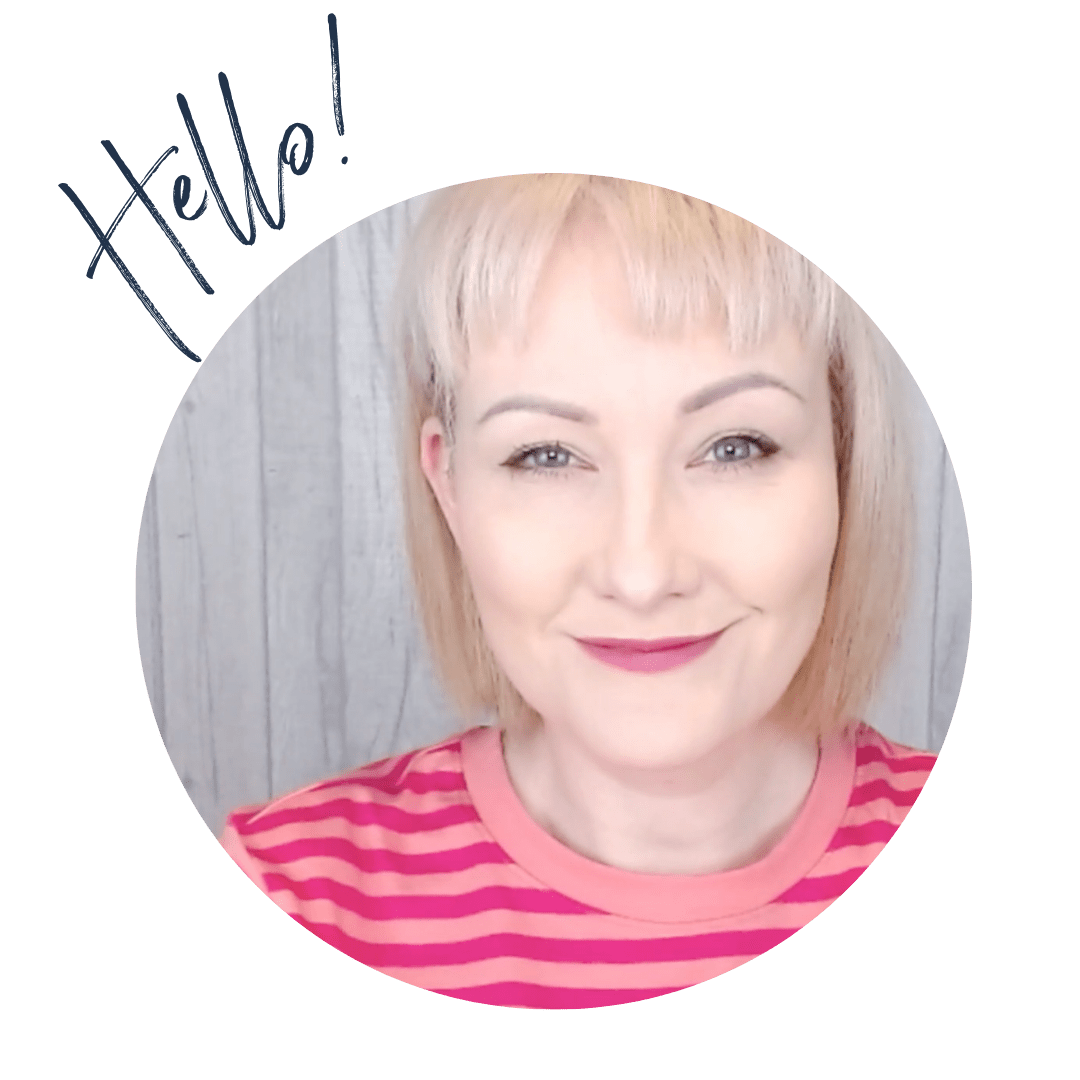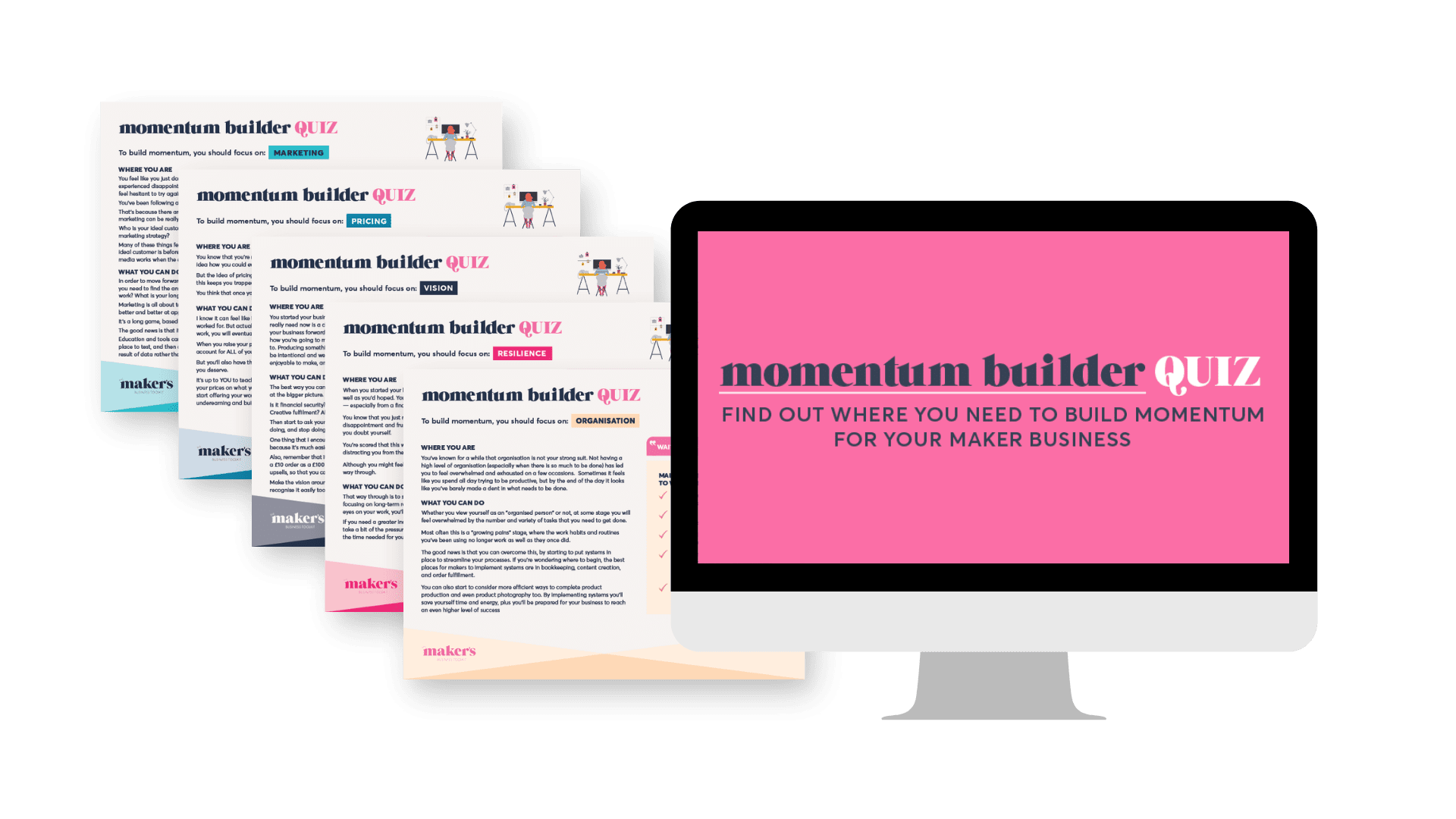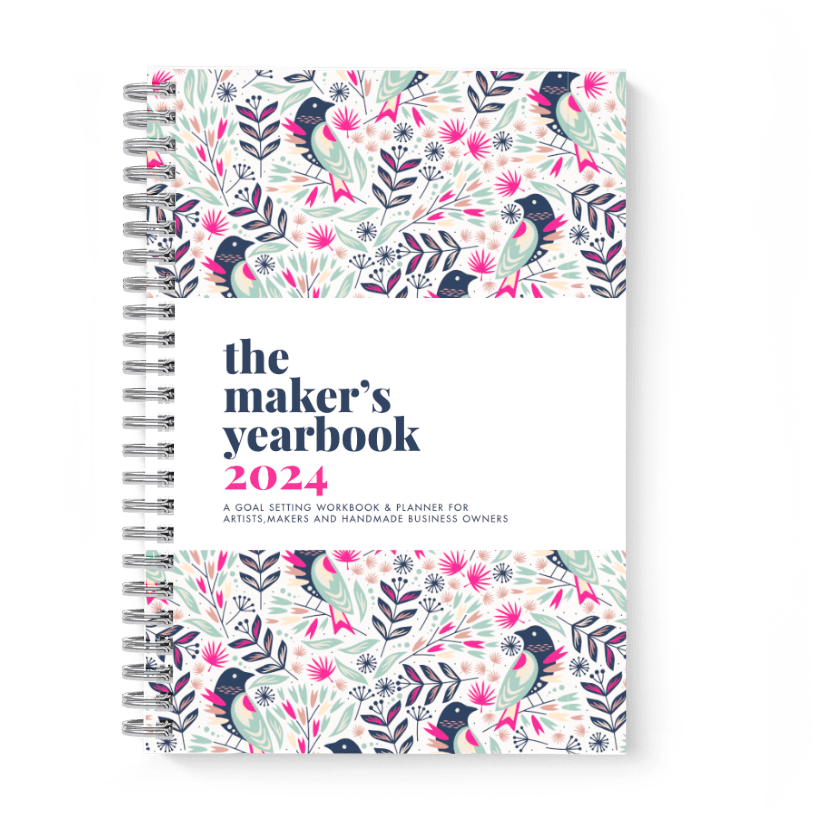I started building my first email list over 10 years ago and since day one, people have been saying that email marketing is dead, nobody uses email anymore, people don’t even have email addresses any more.
Honestly, at this point, it’s just a ridiculous thing to say.
Human beings have been sending other human beings leaflets, brochures, catalogues and eventually emails, trying to sell stuff since at least the 15th century.
And although the medium of delivering the sales message does change over time, the concept does not gather together a list of customers and send them information about what you sell.
Although this sounds the same as social media, it’s not.
Here’s why.
On social media you’re not in control of who sees your content
An algorithm decides what proportion of your audience sees any of your posts. And you can work for months, or even years, to grow a really big following and still find that a very small number of them are even seeing your content.
You’re also not in control of what you can ask them to do. The algorithms want people on the platform to do the things that keep them engaged with the platform – leaving comments, posting likes, sharing content etc
They’re not so keen on the things that you might want to do to encourage them to buy your products, such as clicking on links that take users off the social media platform.
When you’re contacting people in their email inbox, the marketing work is much simpler.
Unlike a social media follower, who can sign up to see updates, want to see them, and still not see any, most of your email subscribers will receive your emails in their inbox. So they will receive and have the opportunity to read almost all of your messages.
You can build a more intimate relationship with your subscribers
Social media often feels like a one to many conversation. You’re speaking to everyone, rather than having a 1-1 conversation.
Email feels much more personal and intimate, even when it’s just about selling. There’s a different energy, and that extends to how we consume content in our email inboxes too.
With email we do still try (perhaps in vain) to read or at least look at everything in our inbox. We’re not distracted by an endless scroll or an infinite loop of videos that you can tune in and out of.
And because your customers are so much more likely to see and read your content on email, that means that you don’t waste time on content that no one ever sees and you have an opportunity to build a relationship with them in a way that would be much more difficult on social media.
We know that people often need to see our work lots of times before they buy. Some say 7 or 8 time, some say many more. On social media, if you want that kind of exposure, you generally need to pay for it, but on email you can get people to see your work many times without paying extra.
And with clever email automation you can also control what messages people receive and when they receive them, so that all of those points of contact are relevant and helpful to the person reading them.
On social media, everyone gets the same message, whatever you’re posting about today. But on email, you can ensure that new people get a welcome sequence, introducing them to you and your business. You can give special offers to only your best and most loyal customers. You can let people opt out of hearing about commissions or workshops if they’re only interested in products and vice versa.
Social media is for finding people, email is for converting them to buyers
There are huge numbers of people on social media, all the time, but they’re not there to be sold to.
Yes, there are ads but most people see those as a necessary (or maybe unnecessary) evil that keeps the platform free to use.
They’re there to be entertained and see interesting things and although that might include things to buy,
they’re generally not in a buying frame of mind.
But in our email inboxes, we’re very used to being sold to. We’re very used to receiving emails from our favourite retailers that are just a collection of things available to buy.
As an artist or maker, I think you can do better than that at making your emails more personal, but it goes to show that it’s perfectly normal to send an email that is just “Here are 5 things you can buy from me” and get sales from it.
Whereas on social media a message like that would probably be met with crickets, if anyone saw it at all.
So use your social media presence to get attention and find new people – it works great for that – just don’t expect them to convert easily into buyers unless you get them onto an email list.
Your email list is an asset you own
When you build a following on a social media platform, you don’t actually own the relationship with those people.
Imagine if you woke up tomorrow to find your Instagram or Tik Tok had been shut down. You would have no way of contacting or interacting with any of those people again.
But with an email list, you own the data and you can take regular backups to protect yourself against any problems. Of course you have to have permission to email people and they can unsubscribe at any time, but that’s a lot different than having to start from scratch one day for no real reason at all.
The bottom line is that an email list gives you a means to communicate directly with your customers, how and when you want, in a place where they are paying attention and ready to buy.
Over time you’ll learn your email conversion rate, meaning that you’ll know exactly how many subscribers you need on your list to be able to make the income you’d like.
And without the constant algorithm changes reducing the effectiveness of what you’ve spent time building, the value of your email list grows and grows over time.
If you’re a Makers’ Momentum Club member, you can get access to courses on how to get started with email marketing, how to use automations to reduce the amount of time you spend on it (while still making sales,) and how to create an amazing lead magnet to persuade people to sign up.
If you’re not a member, click here to find out more and join today.









